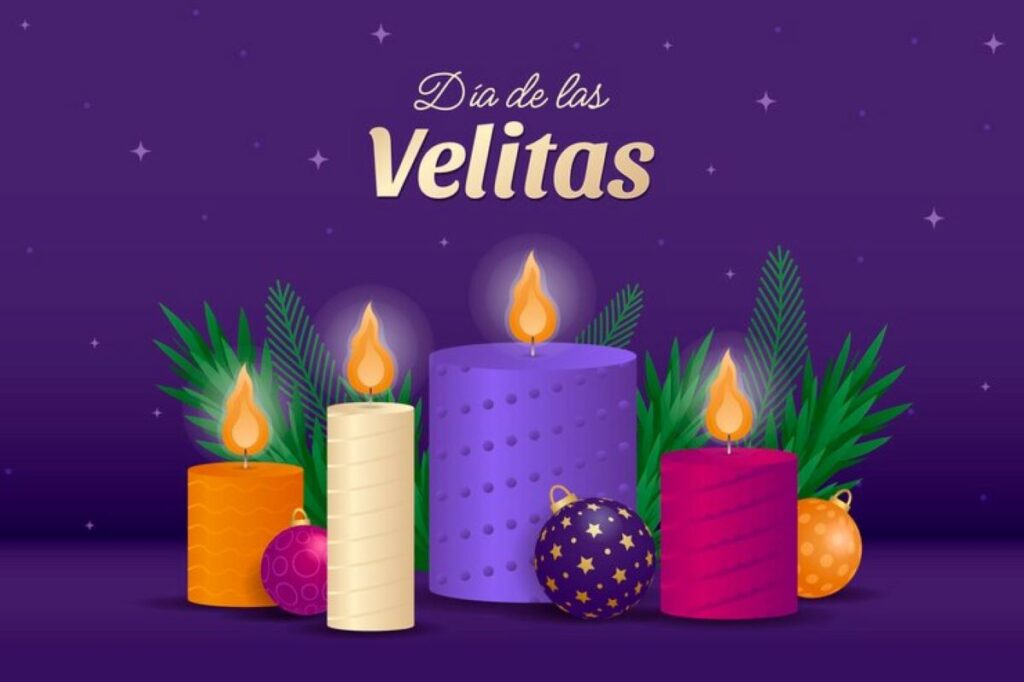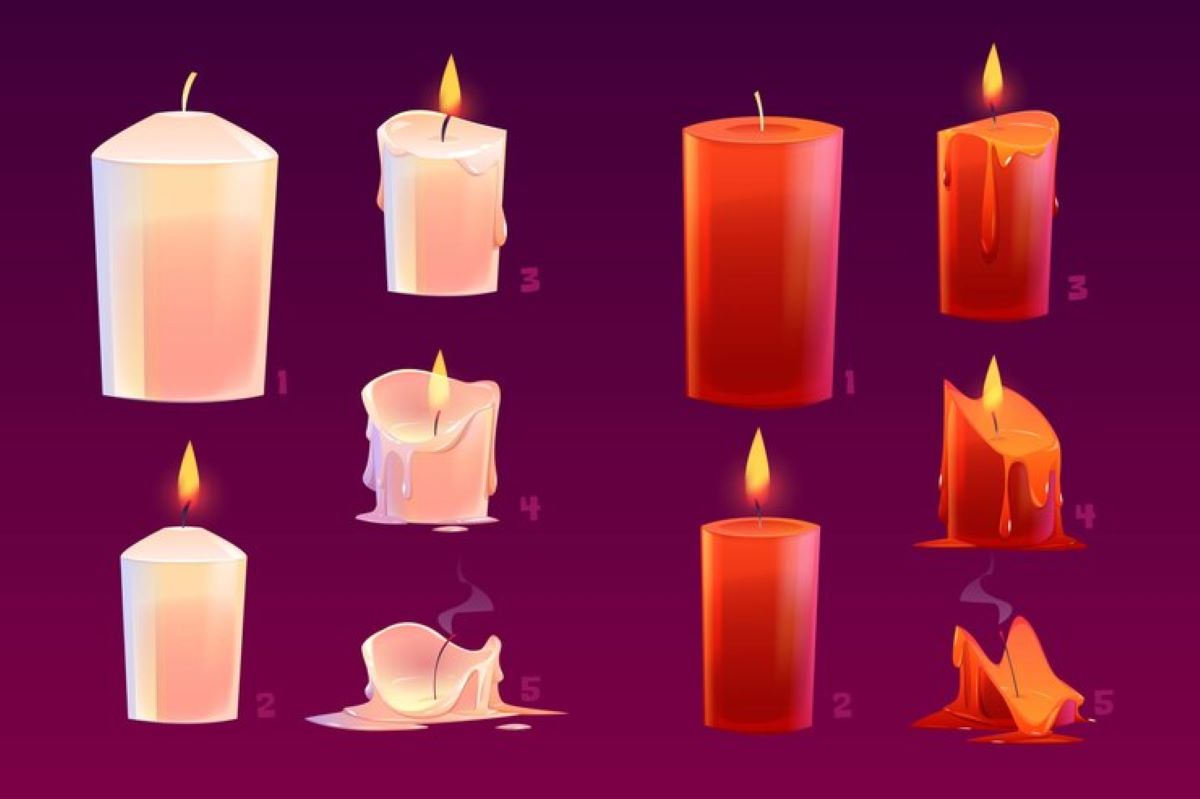Candle making is a rewarding craft that allows for creativity and personal expression. However, to achieve the best results, one must pay close attention to the supplies used, particularly the candle wicks. Quality wicks are essential for ensuring that your candles burn evenly and last as long as possible. In this article, we will delve into the essential candle wick supplies every candle maker should have, understanding their importance, types, and necessary tools.
Understanding the Importance of Quality Candle Wick Supplies
The quality of your wick candle directly impacts the performance of your candle. An inadequate wick can lead to a variety of issues such as poor burn quality, soot production, and shorter burn times. This makes it imperative to select the right wick to correspond with the type of wax and fragrance you are using.
Furthermore, quality candle wick supplies play a significant role in safety. Poorly made wicks can emit harmful fumes, creating unsafe environments for both makers and users. By investing in high-quality wick supplies, candle makers can ensure a pleasant and safe experience.
The Role of Candle Wicks in Candle Making
Candle wicks serve as the lifeline of a candle. They draw wax up through capillary action and provide the fuel needed for the flame to burn. Each type of wick responds differently to various types of wax and fragrance oils; therefore, understanding their roles can help you create candles that burn efficiently.
Wicks are also responsible for the size of the flame. If a wick is too large, it can cause the candle to burn too quickly, while a wick that is too small may lead to a flickering flame. Achieving the right balance is crucial for a well-functioning candle. Additionally, the material of the wick can influence how the candle performs. For instance, cotton wicks are popular for their clean burn, while wooden wicks can create a unique crackling sound reminiscent of a fireplace, adding an extra sensory experience to the ambiance.
Factors to Consider When Choosing Candle Wick Supplies
When selecting candle wick supplies, there are several factors to consider:
- Wax Type: Different waxes, such as paraffin, soy, or beeswax, have specific requirements when it comes to wick selection.
- Diameter of the Candle: The width of the candle directly influences the wick size you should choose. Wider candles may require thicker wicks to ensure a proper burn.
- Additives: If you are incorporating fragrance oils or color additives, they can affect how the wick burns and should be taken into account.
- Burn Time: A quality wick should ensure that your candle burns evenly and lasts for the desired duration.
Moreover, the environmental impact of your wick choice cannot be overlooked. Many candle makers are now opting for eco-friendly wicks made from organic materials or those that are sustainably sourced. This not only caters to the growing market of environmentally conscious consumers but also enhances the overall appeal of the candle. As you explore your options, consider how the wick’s composition aligns with your values and the expectations of your target audience. This thoughtful approach can elevate your candle-making craft and resonate with customers who prioritize sustainability.
Finally, testing is an essential step in the candle-making process. Once you have selected your wick, it’s crucial to conduct burn tests to evaluate its performance in your specific formulation. This allows you to observe how the wick interacts with the wax and fragrance, ensuring that you achieve the desired results. Documenting these tests can also provide valuable insights for future projects, helping you refine your technique and improve the quality of your candles over time.
Different Types of Candle Wicks and Their Uses
Understanding the various types of candle wicks available can significantly enhance the quality and performance of your candles. Each wick type has unique characteristics that make it suitable for specific applications.
Cotton Wicks
Cotton wicks are among the most commonly used types of wicks in candle making. They are made of braided or twisted cotton fibers, often treated with wax to enhance burn quality. Cotton wicks are versatile and can work well with a variety of waxes.
These wicks are especially popular for container candles as they provide a stable flame and minimal soot. They also come in various sizes, making it easy to choose the right one for different candle diameters. Additionally, cotton wicks can be treated with different additives to improve their performance further, such as adding a metal core for better rigidity or using a thicker braid for a larger flame. This adaptability allows candle makers to experiment with different wax blends and fragrances, ensuring a consistent burn and optimal scent throw.

Wooden Wicks
Wooden wicks have gained popularity due to their unique aesthetic and the warm ambiance they create when burning. These wicks are usually made from thin pieces of wood, often cedar or cherry, and can produce a crackling sound similar to a fireplace.
Wooden wicks require specific wick holders and techniques for proper burning. They work wonderfully with larger candles and provide an appealing visual and sensory experience. The sound and flicker of a wooden wick can evoke feelings of comfort and nostalgia, making them a favorite for cozy settings. Moreover, wooden wicks can be infused with essential oils or fragrances during the manufacturing process, enhancing the overall sensory experience as they release delightful aromas while burning. This makes them an excellent choice for creating a relaxing atmosphere in living spaces or during special occasions.
Specialty Wicks
Specialty wicks include options like hemp, paper, and metal-cored wicks. Each type is designed to cater to specific needs. For example, hemp wicks provide an eco-friendly option and burn slower than cotton wicks.
Metal-cored wicks, on the other hand, are designed to hold their shape better during the burn process. This can be particularly useful for intricate candle designs or for those looking to create multi-layer candles. Specialty wicks can also include options like lead-free wicks, which are essential for health-conscious consumers. Additionally, some candle makers experiment with hybrid wicks, combining different materials to achieve a desired burn rate and flame height. This innovation allows for greater creativity in candle design, enabling artisans to craft unique products that stand out in the market. Furthermore, understanding the specific needs of different waxes can lead to better wick selection, ensuring that the candle burns evenly and efficiently, maximizing both its lifespan and fragrance release.
Essential Tools for Handling Candle Wicks
In addition to the wicks themselves, having the right tools is essential for successful candle making. These tools will help ensure the wicks are properly trimmed, held, and aligned during the candle-making process.
Wick Trimmers
Wick trimmers are an essential tool for any candle maker. Proper trimming allows for a clean burn and helps to minimize soot production. Ideally, wicks should be trimmed to about ¼ inch before lighting.
These trimmers come in various designs, including scissors-like models and specialized wick trimmers. Achieving the correct wick length is crucial for optimizing burn quality. Some trimmers even feature a built-in catchment for the trimmings, making the cleanup process easier and more efficient. Investing in a high-quality trimmer can significantly enhance your candle-making experience, allowing for precision and control that can be difficult to achieve with regular scissors.
Wick Holders
Wick holders are handy devices that keep the wick centered in the wax while it sets. They come in various forms, such as clips or clamps, and are particularly useful for container or pillar candles to ensure an even burn.
By securing the wick in place, these holders prevent it from drifting, which can result in uneven burning or tunneling, where the wax burns down the center rather than the edges. Some wick holders are designed with adjustable features, allowing you to customize the height of the wick based on the type of candle you are making. This flexibility can be particularly beneficial when experimenting with different wax types or fragrances, as it helps you achieve the perfect burn every time.
Wick Centering Devices
Wick centering devices take the concept of wick holders a step further. These tools help maintain the wick’s position during the cooling process, which is especially important for larger candles.
By using a centering tool, you can ensure that the wick remains perfectly positioned to achieve an even burn throughout the life of the candle. Many of these devices are designed to be user-friendly, featuring simple mechanisms that allow for quick adjustments. Some even come with multiple slots, enabling you to center several wicks simultaneously when making batch candles. This not only saves time but also enhances consistency across your creations, making it easier to replicate successful designs in future projects. Additionally, certain centering devices are crafted from heat-resistant materials, ensuring they withstand the high temperatures of melted wax without warping or degrading, thus providing durability and reliability in your candle-making toolkit.Click here to get more about how to use a candle wick trimmer for a longer lasting candle.

Materials for Making Your Own Candle Wicks
For the more adventurous candle maker, creating your own wicks can be a fun and rewarding process. There are several materials you can use to make your own candle wicks, tailored to your personal preferences and candle-making goals.
Braided Cotton
Braided cotton is a popular choice for homemade wicks due to its availability and ease of use. You can braid cotton yarn or string to create a wick that burns evenly. By adjusting the thickness of the braid, you can customize the wick to suit your specific candle needs.
Additionally, making your own braided cotton wicks allows you to experiment with different methods, including adding wax or treating the wick for improved performance. The process of braiding itself can be meditative, offering a creative outlet that enhances the overall candle-making experience. Many candle makers find joy in selecting colorful cotton threads, allowing them to incorporate their personal style into each wick they create.
Beeswax
Beeswax can also be used to create natural wicks. While it is commonly known for its uses in candle wax, beeswax strips can be shaped into wicks. These wicks will burn cleanly and emit a pleasant, natural aroma.
Using beeswax adds another layer of quality to your candles, especially when combined with other natural materials. The unique properties of beeswax not only contribute to a longer burn time but also help purify the air as they burn. This makes beeswax wicks an excellent choice for those looking to create a more eco-friendly candle. Moreover, the subtle honey scent released when burning beeswax wicks can enhance the ambiance of any space, making it a delightful addition to your candle crafting repertoire.
Borax Solution
A borax solution can be used to treat wicks and enhance their performance. By soaking cotton or hemp string in a borax solution, you can create a wick that burns more slowly and has less risk of producing soot.
This method helps in achieving a longer burn time and a more consistent flame, making it a valuable technique for the dedicated candle maker. Furthermore, the use of a borax solution can also assist in preventing the wick from curling or bending during the melting process, ensuring that your candle maintains its intended design. Experimenting with different concentrations of borax can lead to exciting discoveries about how your wicks perform, allowing for a tailored approach to each unique candle creation.


